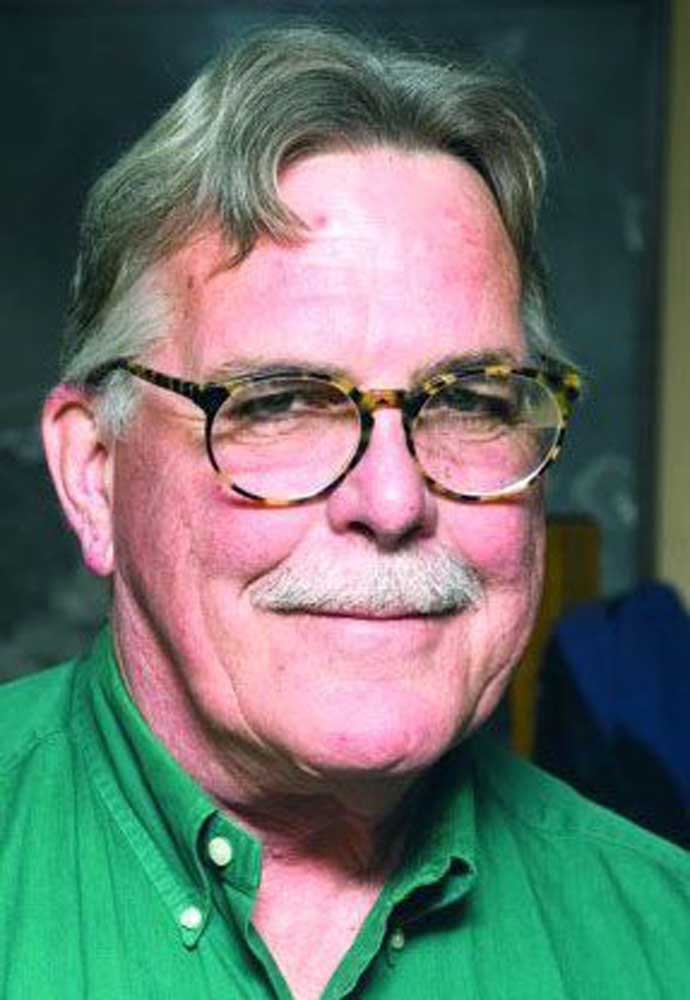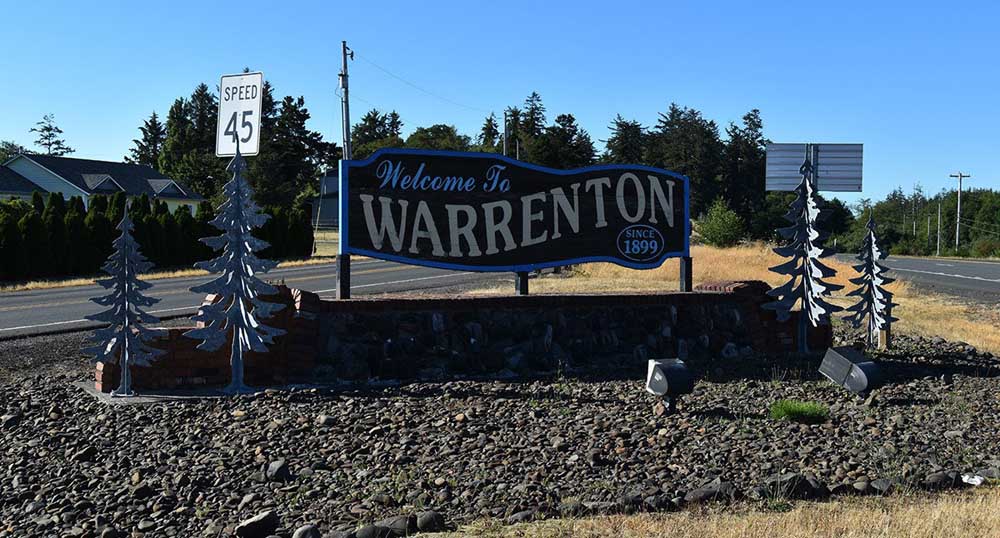An estuary in transition
Published 4:06 am Friday, October 31, 2014

- <p>Jim Wilkins</p>
In Astoria, we live at the edge of one of the major estuaries on the West Coast. The federal Environmental Protection Agency defines an estuary as follows: “An estuary is a body of water formed where freshwater from rivers and streams flows into the ocean, mixing with the seawater. Estuaries and the lands surrounding them are places of transition from land to sea, and from freshwater to saltwater. Although influenced by tides, estuaries are protected from the full force of ocean waves, winds and storms by the reefs, barrier islands or fingers of land, mud or sand that surround them.”
The lower Columbia River estuary has been substantially altered over the years by the activities of folks who have moved and settled here, building dikes, levies, channels and the like. In order to build and maintain a shipping channel upriver to Portland, it became necessary to keep the channel deep enough for commerce by regular dredging. The dredge spoils are pumped to areas out of the channel and they form some of the islands we see today.
It also became necessary to build jetties at the entrance to the Columbia River bar to protect and maintain the shipping channel. Dikes were built and tide gates installed to isolate areas from the tidal influence and to construct usable farmland. Dairy farming became a major agricultural activity along the lower river, and usable, dry, farmland was a key to the productivity of these farms.
In the push to develop these productive farmlands, little thought was given to the habitat being destroyed by the dike building projects. The low-lying, sheltered waters of the estuary were home to countless plants and animals that were comfortable in this environment, and as the habitat was altered, these organisms were seriously challenged.
Over time, farming practices changed and the need for the dike protected farmland diminished and today we find some areas that are dike protected, with no real need for that protection. It now becomes possible to restore some of this lost habitat for salmon smolts and other organisms and to regain some of the estuarine environment previously lost.
Estuaries protect water quality by filtering out dirt and pollution, so some of this protection could also be regained.
There has evolved, over the last 10 or so years, a concerted regional effort to study, and understand, the Columbia River estuary. At the local forefront of this effort is CREST, the Columbia River Estuary Study Taskforce, which, among other things, is doing some habitat restoration work. A wide range of similarly smart folks, from all over the area, are working in this field. Necessary Disclosure: I work with CREST on some of these habitat restoration projects, doing constructability analysis and such. Last spring I attended the three-day Columbia River Estuary Workshop held in Astoria at the Liberty Theater: “Forging Links in the Columbia River Estuary.” Denise Lofman, the director at CREST, was on the CREW steering committee.
As you might expect, one issue that is attracting more and more scrutiny is climate change and the resultant rise in sea level and other significant environmental changes. The critical water elevation in the estuarine environment could be altered substantially and the results of this change are open to speculation. Since this environment provides critical feeding and resting areas for salmon smolts prior to their migration out to sea, this change could affect the health of some salmon runs. Water temperature is also very important to the health of the smolts and we would expect to see a significant rise in this, also with uncertain results. Other species in the estuary will also be affected to some degree, among them various shorebirds, streaked horned larks and white-tailed deer.
There is little we can do to significantly alter the effects of climate change; that train is already headed full-steam down the tracks. Bill Mckibbon started writing about this in 1989 and his recent work is very bleak and pessimistic. Unfortunately, I think he’s probably right. Also, Elizabeth Kolbert, a staff writer at the New Yorker magazine and the author of Field Notes From a Catastrophe – Man, Nature and Climate Change has written a new book: The Sixth Extinction – An Unnatural History. People seem to have trouble seeing and reacting to threats in the future. We can, and will, respond immediately to a current crisis, but something 20 or 30 years away seems harder for us to deal with.
There still remains a small, but dedicated, group of climate change deniers who argue that human caused climate change does not exist. I’d like to think there is some truth to this perspective, but there is no way I cannot deny the deniers. The truth is glaringly self-evident.
People seem to have trouble seeing and reacting to threats in the future.





